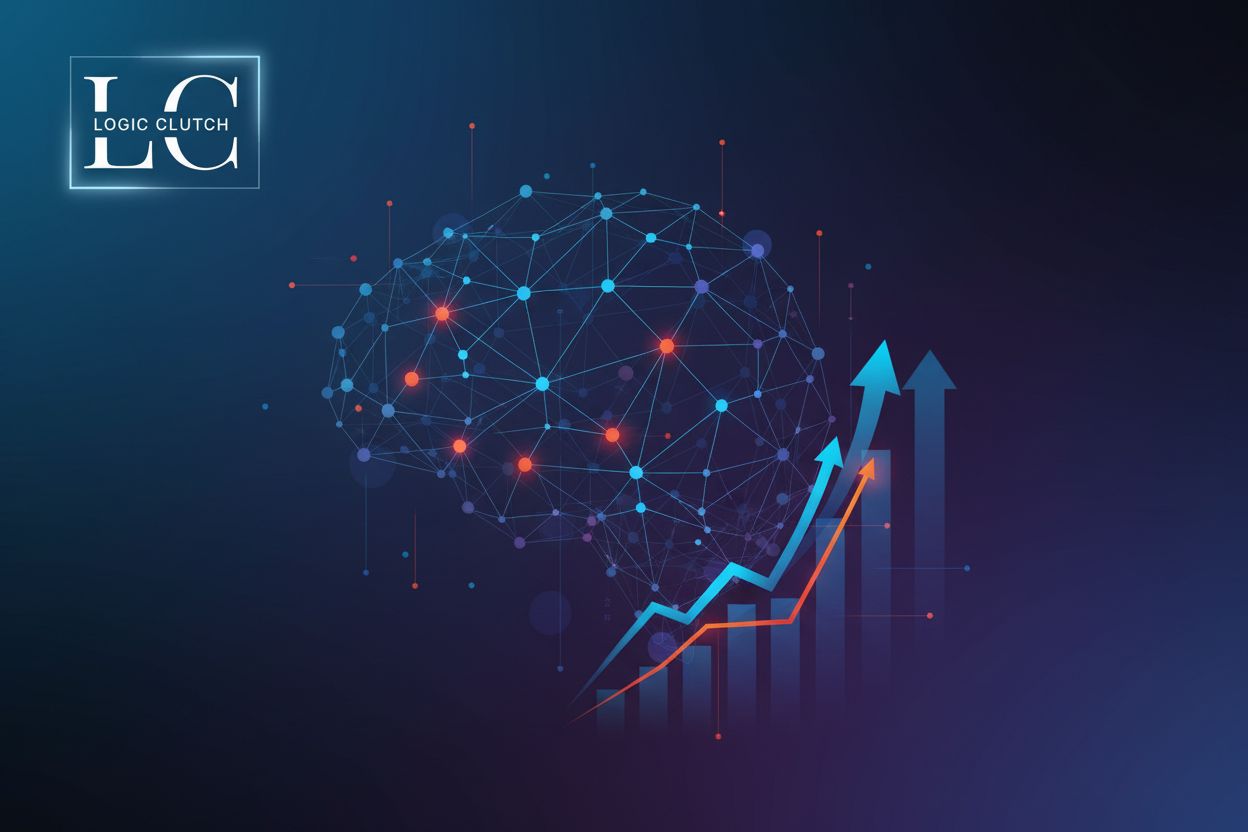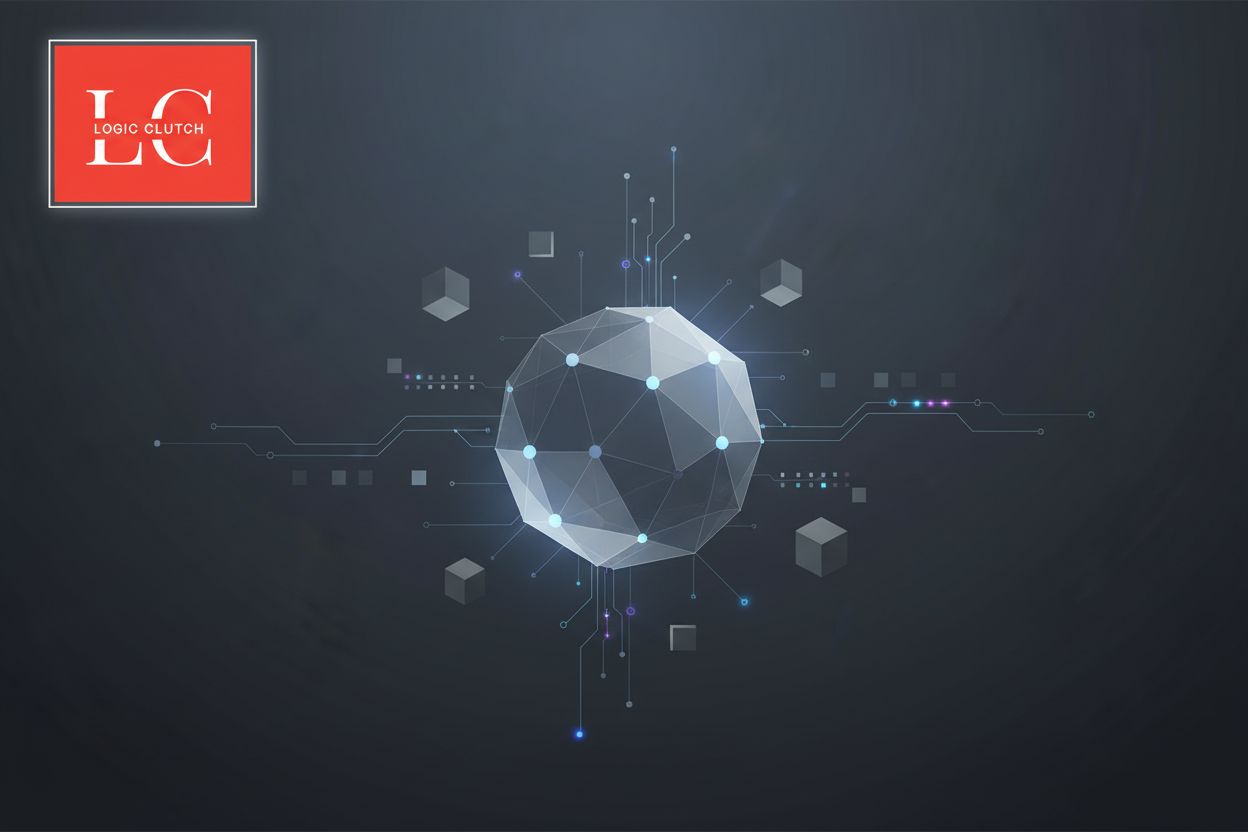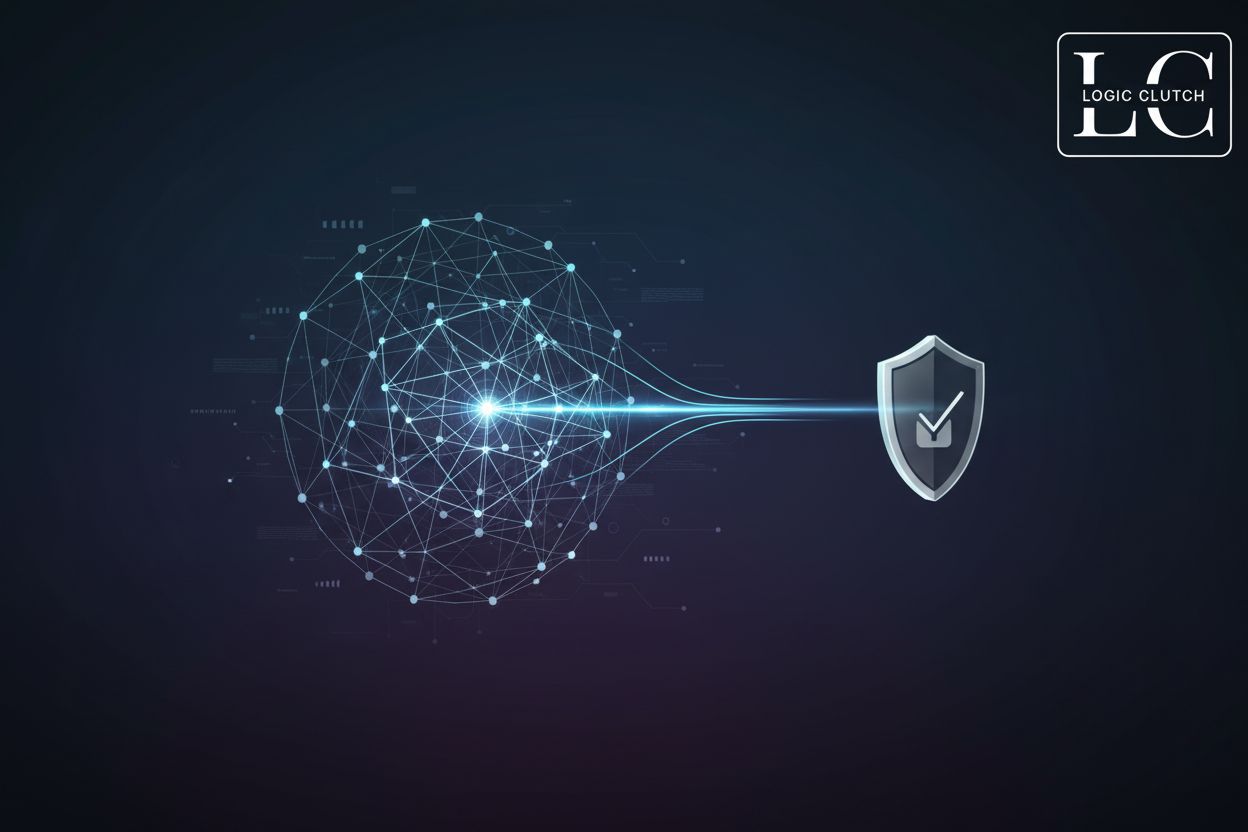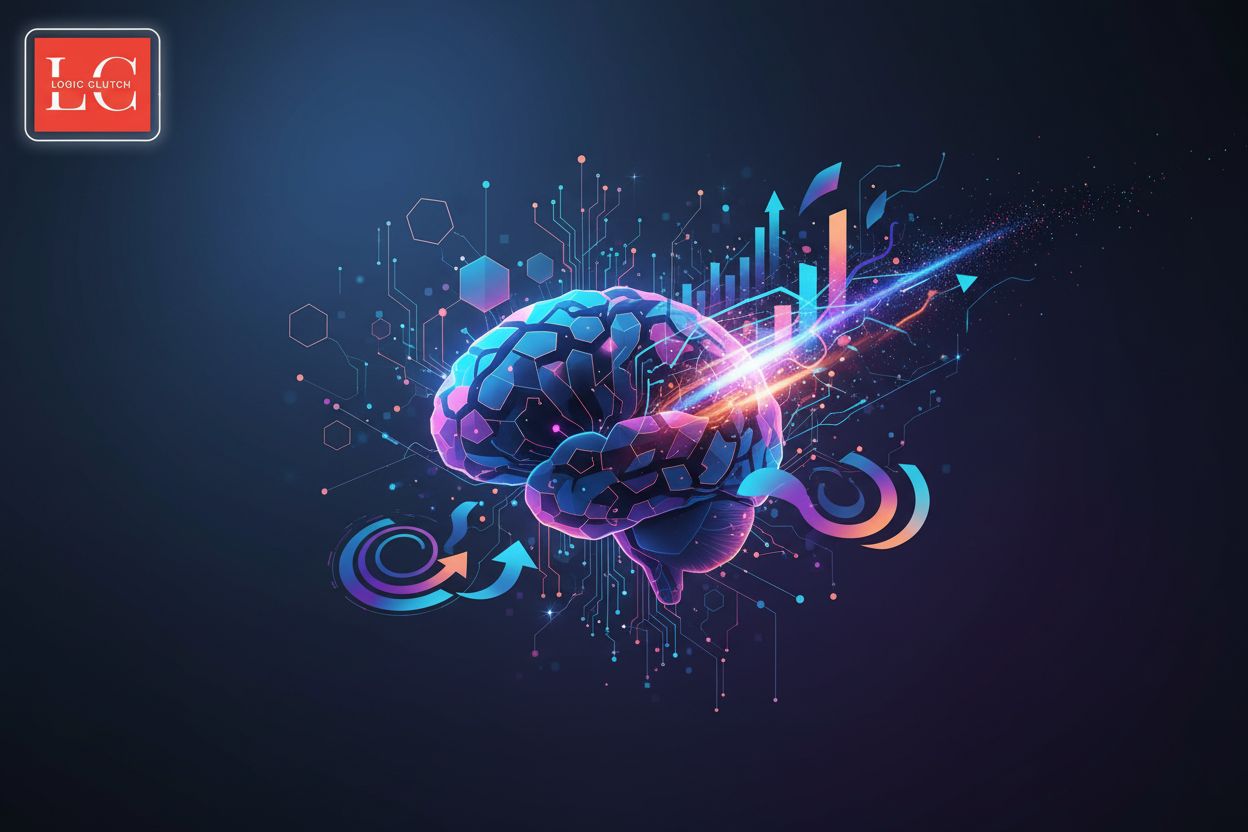The Advanced Speech Recognition Model: AI Services for Enterprises
TL;DR
Understanding Modern Speech Recognition
Okay, let's dive into speech recognition. It's kinda wild to think that we've gone from clunky voice interfaces to ai powering near-flawless transcriptions, right? I remember back when voice recognition software was a joke, but now it’s changing everything.
- Early speech recognition models were pretty basic. They relied on simple pattern matching and were limited by computing power. Think of the old voice command systems of the 90s - mostly frustrating!
- Key milestones included the development of hidden markov models (hmms) and the increasing availability of large datasets. These advances allowed for more complex acoustic and language modeling.
- The real game-changer? Machine learning and deep learning. These technologies enabled systems to learn from vast amounts of data, adapting to different accents, speaking styles, and noisy environments. ai now drives pretty much everything!
Modern speech recognition models are complex, but here are the core pieces, as I understands it:
- Acoustic modeling: This is where the ai figures out what sounds are being said. It maps audio signals to phonemes, the basic units of speech. Think of it as deciphering the individual sounds that make up words.
- Language modeling: This part predicts the most likely sequence of words based on context. It uses statistical techniques to determine which word combinations are most probable. Basically, it makes sure the sentence makes sense!
- Pronunciation modeling: This helps the ai deal with different accents and pronunciations. It provides alternative pronunciations for words, making the system more flexible.
- end-to-end models: some systems now use end to end deep learning models that combine all these steps into one big neural network - pretty cool stuff.
So, what's next? Well, we'll need to look at the key metrics, like Word Error Rate, to see how these models really perform.
AI Services Leveraging Speech Recognition for Enterprises
Okay, so you're thinking about using ai-powered speech recognition for your business? Smart move, honestly. Did you know that the speech recognition market is expected to hit like, billions in the next few years? It's not just hype—it's real transformation happening.
ai chatbots and virtual assistants are now the norm for handling customer inquiries. They can understand natural language, provide instant answers, and escalate complex issues to human agents, improving customer satisfaction, and reducing wait times. Think about it: a healthcare provider could use speech recognition to automate appointment scheduling and prescription refills.
Personalized interactions are getting a boost, too. ai can analyze a customer's voice and language, gleaning insights into their sentiment and needs. A retail company could use this to tailor product recommendations and offer customized support.
Handling large volumes of inquiries is where speech recognition really shines. During peak hours or unexpected surges, ai can handle hundreds or thousands of calls simultaneously. For instance, a financial institution could use speech recognition to automate fraud detection and verification processes, ensuring compliance and customer protection.
Transcribing meetings and calls opens up a goldmine of data. ai can automatically transcribe these interactions, making it easier to analyze customer feedback, identify trends, and improve business strategies.
sentiment analysis is another big win. ai algorithms can gauge customer satisfaction levels by analyzing the tone and language used in calls and meetings. This is especially useful in the managed services industry, helping providers to improve their service delivery model Homepage | The 20.
Extracting key information from unstructured data helps businesses make better decisions. ai can sift through customer service logs, emails, and other text-based sources to find critical information like product defects or emerging customer needs.
Voice-activated commands are simplifying task management. Employees can use voice commands to schedule meetings, generate reports, and perform other routine tasks, freeing up time for more strategic work.
Hands-free operation is a game-changer for manufacturing and logistics. Workers can use voice commands to control equipment, access information, and complete tasks without using their hands. Talk about efficiency!
Integration with existing systems is key to making speech recognition work seamlessly. ai can be integrated with crm, erp, and other enterprise systems, allowing for streamlined data flow and improved collaboration.
So, How can Logicclutch help you navigate this complex world? Well, let's talk about that in the next section.
Real-World Applications and Case Studies
Okay, so where are we actually seeing this stuff used? It's more than just talking to your phone, that's for sure.
You know, I saw this statistic the other day – apparently, doctors spend something like half their time on paperwork. Wild, right? Speech recognition is aiming to fix that, and there's some interesting stuff happening:
- Medical transcription is probably the most obvious. ai can handle dictation and transcription way faster than any human, freeing up doctors to actually, you know, doctor. imagine how much quicker patient notes could be updated.
- Voice-enabled diagnostic tools are also emerging. Think about ai that can analyze a patient's voice to detect early signs of neurological disorders.
- Remote patient monitoring gets easier too. Imagine patients using voice commands to log their symptoms or medication intake, sending real-time data to their healthcare providers.
But it’s not just healthcare! Other industries are getting in on it too.
- Financial institutions use voice biometrics for secure authentication. Forget passwords; your voice becomes your key.
- Retail and e-commerce are using speech recognition to improve customer service. ai-powered chatbots can handle basic inquiries, freeing up human agents for more complex issues (as mentioned earlier).
- Automated inventory management is also a thing in retail. workers can use voice commands to update stock levels and track shipments, making the whole process way more efficient.
It's still early days, but the applications are gonna keep growing, i reckon.
And it's not just the big names. Check out VentureRadar's list of speech recognition startups; there's some pretty cool stuff happening in niche areas. You got ai startups focusing on african accents, or helping people improve their pronunciation.
All this is cool, but it also brings up some ethical questions. Like, what happens if ai gets sentiment analysis wrong and misinterprets a customer's mood? Or what about data privacy when ai is listening to your every word? Gotta think about that stuff, too!
Anyway, next up, let's talk about metrics. How do we really know if these speech recognition systems are any good?
Benefits and Challenges of Implementing Advanced Speech Recognition
Okay, so you're thinking speech recognition is all sunshine and rainbows? Not quite, friend. There’s some real advantages, sure, but also some speed bumps you gotta watch out for.
- Cost Savings is definitely a big one. Automating customer service, for example, can seriously cut down on labor expenses. Think less manpower needed for answering phones, sorting inquiries, and manually entering data.
- Scalability, too. You know, like if you suddenly get a huge spike in customer calls, ai’s not gonna get frazzled. It just keeps chugging along, handling the load.
- Data security and privacy? Now that's where things get tricky. You need to make sure you're not accidentally leaking sensitive info or running afoul of regulations.
And let's not forget that, according to RJH Artificial Intelligence, Discovery Admissibility Case Law Other Resources, there are proposals to amend the Federal Rules of Evidence to address “machine-generated” evidence.
So, what about those pesky metrics? How do you actually, like, measure if your ai is doing a good job? Let's talk about that next.
The Future of Speech Recognition in AI Services
Okay, so what's the real takeaway here? Speech recognition, it's not just some sci-fi dream anymore, it's actually shaping the future, and it’s happening now. We're seeing it pop up everywhere.
- Emerging trends point toward even smarter ai that can understand nuances in speech better than ever. Think neural networks and transformers getting even more advanced.
- Integration is key. Imagine speech recognition working hand-in-hand with other ai tech, like natural language processing and machine vision, for even more powerful applications. For example, it could be used to improve the service delivery model Homepage | The 20.
- Edge computing is also going to shake things up. Running speech recognition on-device means faster response times and better privacy.
And hey, we can't forget about the ethical side of things. We gotta make sure these ai systems are fair and transparent, right?
Looking ahead, it's clear that speech recognition is gonna keep evolving, and fast. It'll be interesting to see where it takes us—and how we manage it all. That's for certain.






